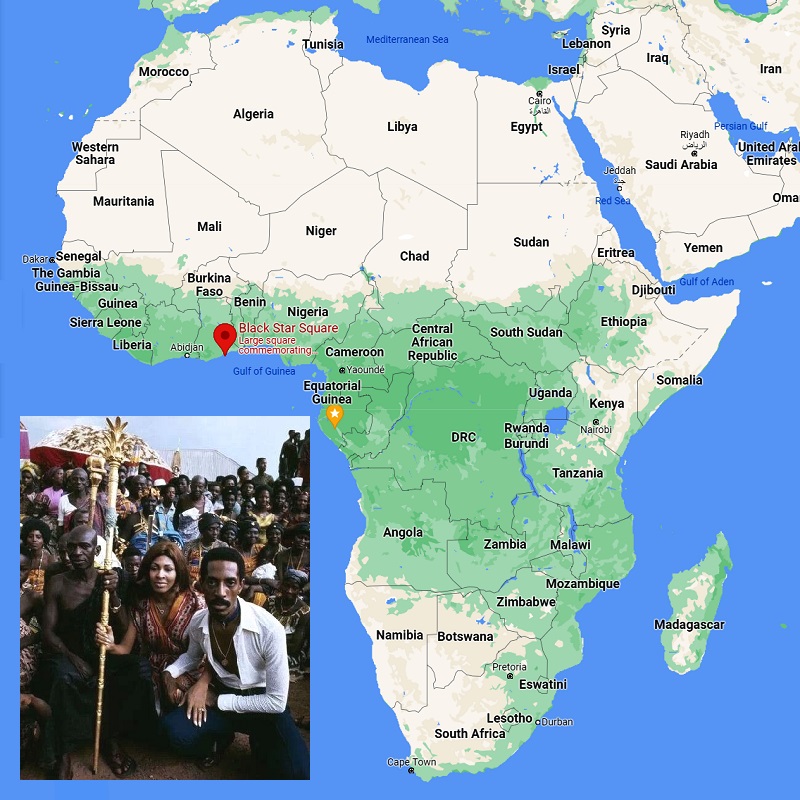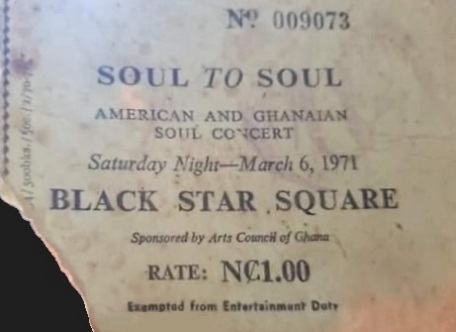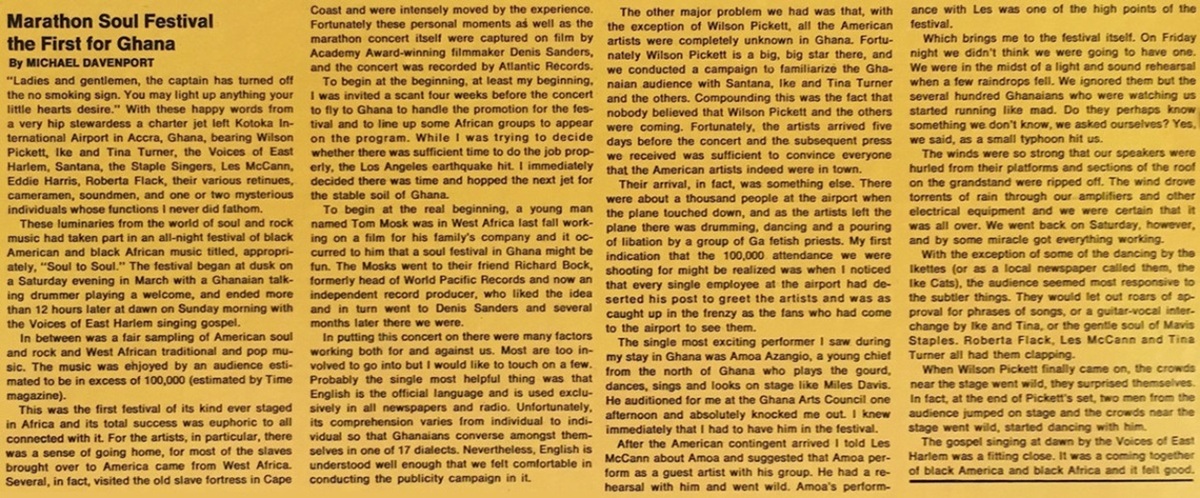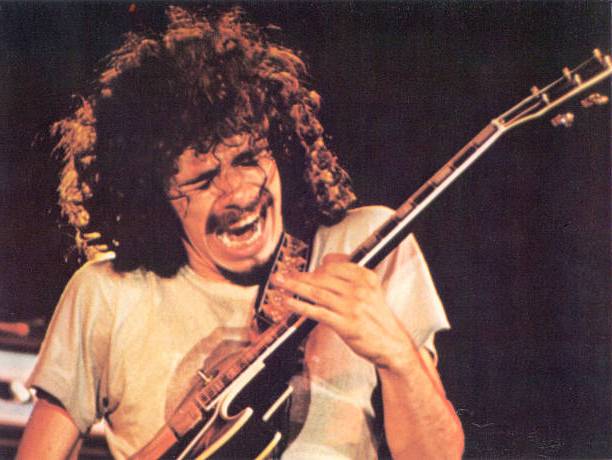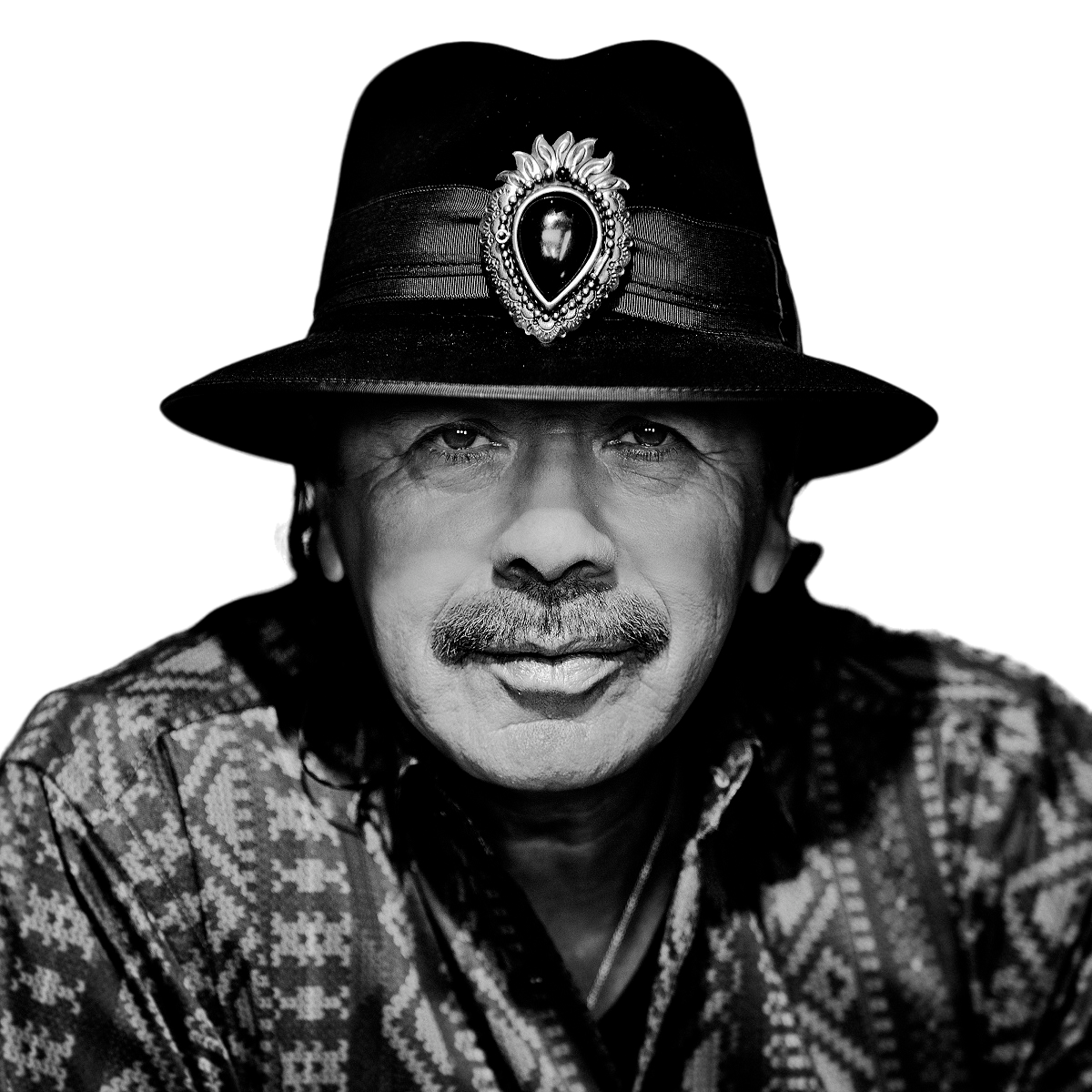|
The Venue In March 1971 a large contingent of some of the biggest soul, R&B and jazz stars of the day travelled from the States to Ghana to play a one-off 14 hour concert. This was captured on film and subsequently released as Soul to Soul; a 1971 documentary detailing the day’s events. It all started back in March 1957 when Ghana (formerly known as the Gold Coast) achieved independence from the UK and had started to make some connections with African-Americans whose descendants had once resided in West Africa. This resulted in some well-known high-profile black Americans actually living in Ghana for a while in the mid-60s including the writer and political activist Maya Angelou. During her stay in Ghana she approached the government with the idea of bringing a number of African-American artists over to perform a concert to celebrate the anniversary of Ghana’s independence but due to the then leader being deposed it never happened and all the plans went on the back-burner. Fast forward to late 1970 – affluent white Hollywood attorney Ed Mosk and his wife Fern had been working in West Africa on a film adaptation of Nigerian author Chinua Achebe’s book ‘Things Fall Apart’. Their son Tom had been involved too and whilst he was there came up with the idea of a ‘West African Woodstock’ where musicians with the same roots but who had been raised in different cultures could come to play together and experience their shared heritage. Ghana’s arts council had been working on improving links with African-Americans for some years and with their assistance and enthusiasm, plus the opportunity of celebrating the 14th anniversary of Ghanaian independence, the project was able to realise its ambitions. In an interesting side note it seems that Ghana was a bit miffed James Brown had missed them out on a tour of West Africa in 1970 so this was a good way to make up for their disappointment. Of the musicians invited to perform, Wilson Pickett was by far the biggest star in Ghana, where he was known as "Soul Brother No. 2." (James Brown was, of course, Soul Brother No. 1.) Organizers also unsuccessfully sought performances by Americans Aretha Franklin, James Brown, Booker T & The MG's, Louis Armstrong and gospel singer Marion Williams. In addition, Fela Kuti was approached, but did not perform. The show, with broadcaster Mike Eghan as MC, was held in Black Star Square (now Independence Square) on the Gulf of Guinea and ran for 14 hours, finishing at 6:45am with a gospel set by The Voices of East Harlem. Several at the show remarked that the band Santana, despite having only one black member, played the most "African-sounding" music of the night. Some have argued that Santana's merger of Latin rhythms with rock music strongly influenced the development of Afrobeat. |
|||||||||
|
|||||||||
Memorabilia |
|||||||||
|
|||||||||
|
|||||||||
|
The Band: Santana #5 Carlos Santana (guitar/percussion/vocals), David Brown (bass), Michael Shrieve (drums), Michael Carabello (percussion), Jose “Chepito” Areas (percussion), Gregg Rolie (keyboard/vocals) Guest Willie Bobo Exact Set List Jungle Strut (1) - Waiting (2) - Black Magic Woman/Gypsy Queen (3) - Oye Como Va - Soul Sacrifice (1)(2)(3) "Soul To Soul" premiere in August 1971 in U.S. movie theaters (1)(2)(3) "Soul To Soul" on ? on VHS-NTSC (Atlantic Video USA 50115-3) (1)(2)(3) "Soul To Soul" on ? LD-NTSC (Columbia Video Disc Japan 88C58-6210) (1)(2)(3) "Soul To Soul" on August 24, 2004 on DVD-R1 + CD (Rhino Home Video USA R2 970327) Note First and only show ever played in Africa until: Mohammed V Complex, Casablanca, Morocco October 24, 1994. "Soul To Soul (Music From The Original Soundtrack - Recorded Live In Ghana, West Africa)" from Sept 1971 on LP (Atlantic USA SD 7207) doesn't feature any Santana music. Quote from Carlos Santana (The Universal Tone 2014) The road could be rough if you let it get that way. Chepito could burn like a two-ended candle---but then he had an aneurysm and got so frail he couldn’t play for a while. We asked Willie Bobo to come in and take over timbales, and he did. (p274) |
||||||||||||
|
||||||||||||
|
||||||||||||
|
||||||||||||
|
||||||||||||
Film Release Ads |
||||||||||||
|
||||||||||||
|
Photos by Various Authors/Uncredited Photo Michael Ochs (born 1943) is an American photographic archivist best known for his extensive collection of pictures related to rock music dating back to the 1950s and 1960s. The Michael Ochs Archives, located in Venice, California, contained 3 million vintage prints, proof sheets and negatives which were licensed daily for use in CD reissues, books, films and documentaries. The Los Angeles Times called Ochs "America's preeminent rock 'n' roll photo archivist" and described his archive as "the dominant force in the rock image marketplace"; The New York Times called it "the premier source of musician photography in the world". Ochs sold the archive to Getty Images in 2007. From 1957 until the early 1960s, Dennis Stock aimed his lens at jazz musicians, photographing such people as Louis Armstrong, Billie Holiday, Sidney Bechet, Gene Krupa and Duke Ellington or Miles Davis (Milestones cover photo). In 1968, Stock left Magnum to start his own film company, Visual Objectives Inc., and made several documentaries, but he returned to the agency a year later, as vice president for new media and film. In the mid-1970s, he traveled to Japan and the Far East, and also produced numerous features series, such as photographs of contrasting regions, like Hawaii and Alaska. In the 1970s and 1980s he focused on color photography of nature and landscape, and returned to his urban roots in the 1990s focusing on architecture and modernism.
|
||||||
|
||||||
|
|
